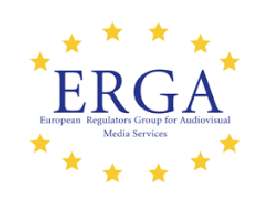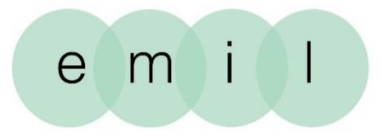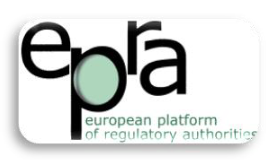


Authored by Maria Donde, EPRA Senior Vice-Chair & EMIL coordinator
On 4 November 2022, Europe’s media regulators met to mark Global MIL week with a dedicated thematic session: Trust and News: (how) does News and Information Literacy work?
The event was jointly organised by the EU expert group ERGA, and EMIL – the European network that brings together media regulators and other coordinating bodies who focus on media literacy.
As Global MIL week 2022 was focused on “Nurturing Trust: A Media and Information Literacy Imperative”, the natural theme for us to discuss in this context was news and information literacy, and how different approaches work towards building trust. That means trust in information that is trustworthy, that is intended to keep us informed and able to participate in the democratic process. But it also means building resilience and a wide, contextual knowledge base to give people the confidence to trust their own judgement – and to know where to go when they are not certain.
Trust is at the heart of the remit of regulators, just as it is for media literacy organisations. Like journalists and MIL actors, we too are “watchdogs” with a role to play in the information space, through providing an independent framework for the media to exercise its freedoms in an accountable and transparent way. And we are also responsible for making the links between MIL, journalism, and trust, and these were the links we sought to make through this discussion.
We invited speakers and panellists who are all involved in this mission to nurture trust in one way or another, to hear about how they lend support to the importance of media-related MIL interventions that foster knowledge and criticism, and to discuss the role that regulators can play in supporting that work. They all approach their mission from different perspectives:
Thompson Reuters, an international media development foundation, provides journalistic training around the world and was able to reflect on how news journalists, trained in media literacy principles, can provide the structure and context to raise critical understanding among their audiences.
Newswise, a news literacy project from the UK, introduced us to its provision of free news literacy lessons to schools and the role the journalistic community can have in building understanding of news production, fact checking and editorial standards.
And the KWB Halloween horror tour project outlined a totally new approach to talking about history, facts and context, in person with families over Halloween.
And the context for our discussion was set by Professor Divina Frau Meigs, who talked about the ideas behind Savoir Devenir and her conceptualisation of how disinformation has reshaped the relationship between news literacy, media literacy and journalism.
As well as sharing the detail of their individual projects, panellists were able to reflect on some key themes:
- There are clear synergies between these very different types of projects, and building coordination and partnerships between them – including via understanding what works best in different circumstances – so that they reinforce each other should be the focus of policymakers.
- The journalistic profession has a major role to play in winning and promoting the trust of audiences, beyond just fact-checking.
- Regulators can help to support these types of projects – facilitating the informal, bottom-up initiatives and connecting them to more formal top-down policies. Media Literacy Networks can play a critical role.